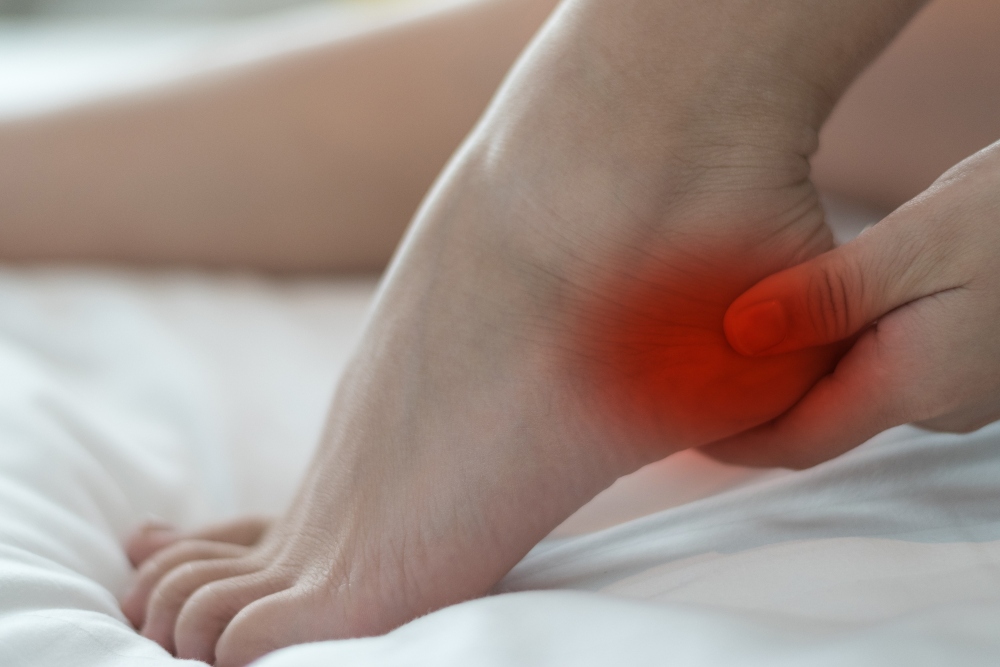
Heel Pain is a frequent issue for both adults and children, however they’re usually caused by two distinct non-related conditions. For adults, the primary reason for heel pain is a condition referred to as plantar fasciitis. The most prevalent condition that children suffer from is known as Sever’s disease, also known as calcaneal. The first is an issue with overuse in the plantar fascia, and another is inflammation of the plate behind the bone that supports your heel.
The plantar fascia a firmly-built ligament which helps support an arch in the feet. As such, anything that increases activities, tighter muscles in the calf or being overweight that puts pressure on the arch will to increase the risk of plantar fasciitis in adulthood. The primary symptom is pain in the heel which is particularly severe in the first few steps following sleeping, particularly when after waking up in the early morning. This type of pain tends to get better after those initial steps, but it can become more severe. The most effective method to treat plantar fasciitis is to shed weight, perform lots of stretching to the calf muscles as well as utilize foot orthotics to lessen the amount of force put on the plantar fascia. Ice is a treatment for it and anti-inflammatory medication can be utilized if pain is making it difficult to perform the activities of daily living. Other treatments are also available, such as injection therapy or shock wave therapy that could also be utilized to in the process of healing. In some cases, surgery may be required.
In the heel bone’s back in children, there is a growth plate , which is where the growth of bone takes place. These bone growth areas are more prone to damage in the case of overweight children or is very active. Severs disease on the heel bone’s back is quite common among kids in the preteen and late years. The growth plate fuses with other parts of the bone around the middle of teenage years So, Sever’s disease is always self-limiting , and will disappear by itself in the event that it does. The fact that it is self-limiting doesn’t mean it is not a problem to treat because it can be uncomfortable and stressful for the child with it. The pain usually occurs on the heel’s back bone, particularly when you press it from the sides. It can get more severe with higher levels of physical activity. Sometimes, the pain caused by the condition may result in the kid to stumble. The first step to treat is to inform the specific nature of the issue and to regulate the level of activity that the child has. This is a challenge since they want to be active in sports as well as at school, however activities must be limited to the extent they are able to tolerate. The amount of activity can be increased when they get better. Ice can be applied following a sport if it’s difficult. Heel pads that are cushioned are specifically beneficial for reducing stress that are placed on your foot bone. The use of foot orthotics is beneficial in a variety of situations.
